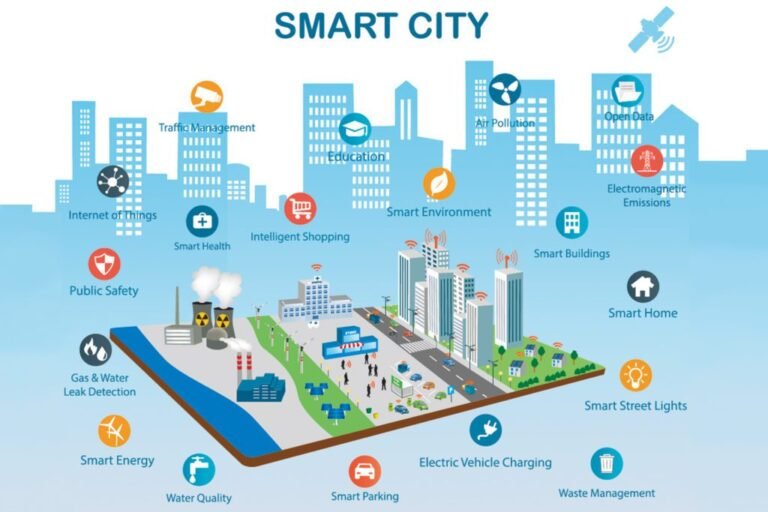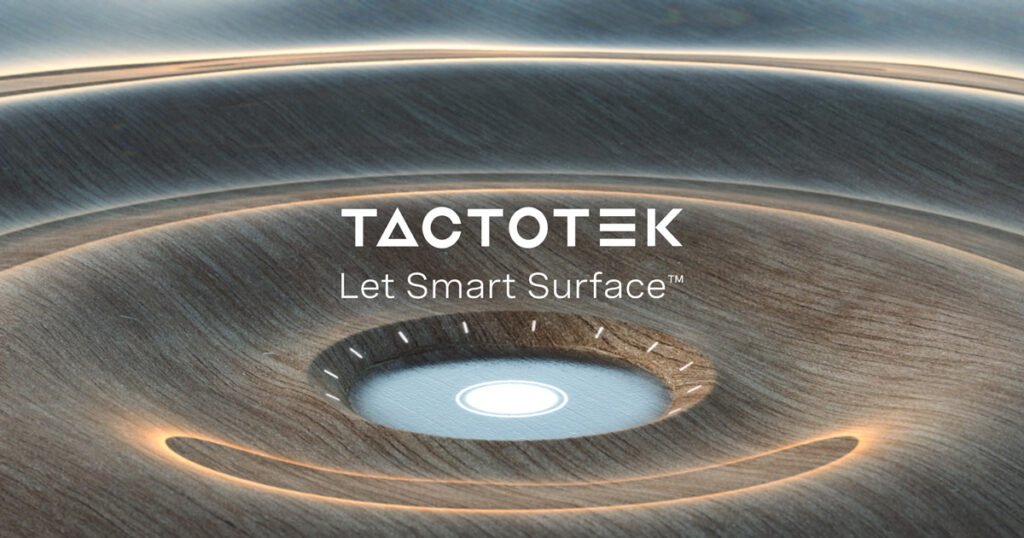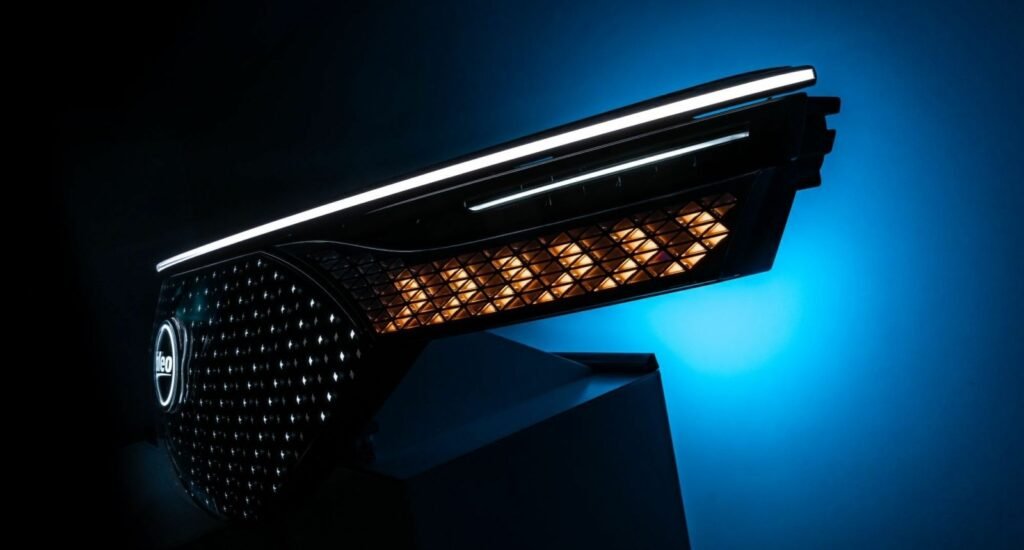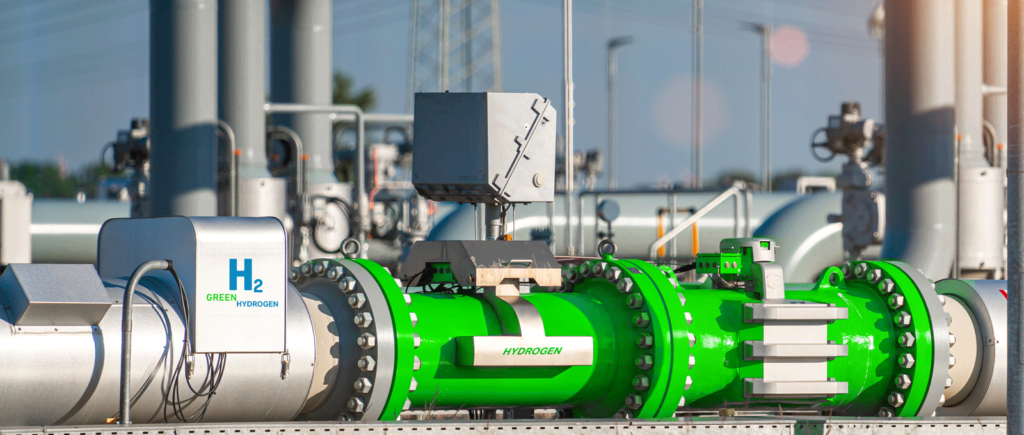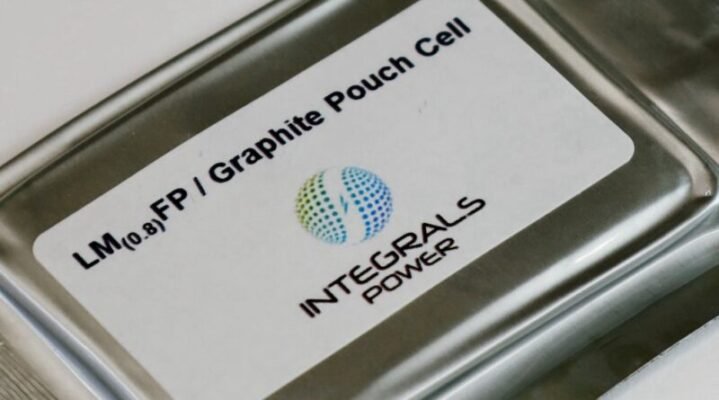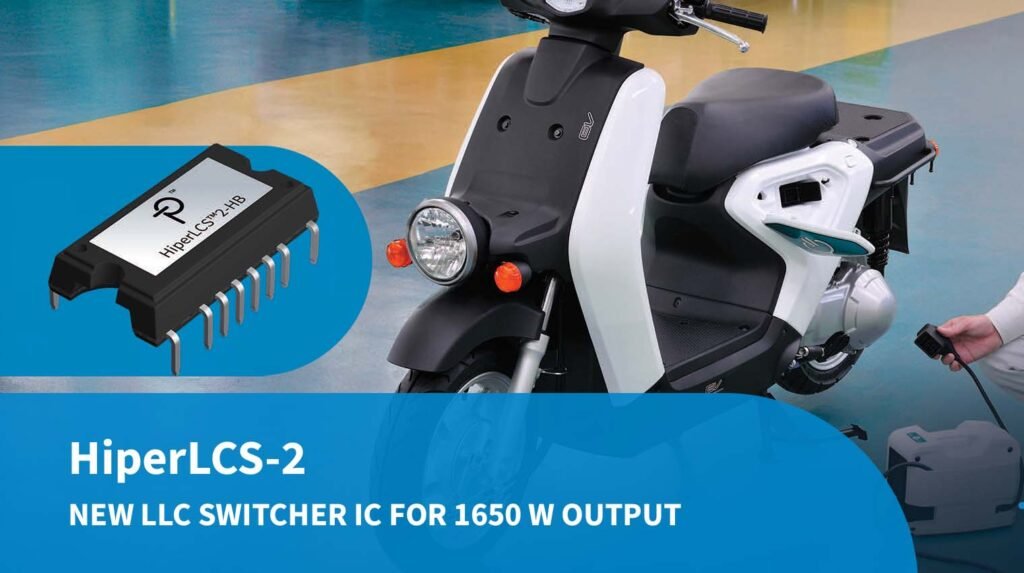IoT in Smart Cities: The global urban population is projected to reach 6.7 billion by 2050 4, pushing cities to adopt innovative solutions for efficient resource management, sustainability, and citizen safety. At the heart of this transformation lies the Internet of Things (IoT) , a network of interconnected devices that collect and exchange data to optimize urban systems. From traffic management to energy conservation, IoT is redefining how cities operate, making them smarter, safer, and more responsive.
Key Roles of IoT in Smart Cities
IoT serves as the backbone of smart city initiatives, enabling real-time data collection and analysis to address urban challenges. Below are its core roles:
1. Enhancing Urban Infrastructure Management
IoT devices monitor critical infrastructure such as bridges, pipelines, and public transit systems. For example, sensors embedded in roads detect potholes or cracks, alerting authorities for timely repairs 3.
2. Optimizing Resource Utilization
Smart grids use IoT to balance energy distribution, reducing waste by up to 25% in cities like Singapore and Barcelona. Similarly, IoT-enabled water management systems minimize leaks and track usage patterns.
3. Improving Public Safety
Surveillance cameras, air quality sensors, and emergency response systems powered by IoT enhance safety. Cities like Tokyo use IoT to predict and mitigate natural disaster risks.

Applications: IoT in Smart Cities: A Data-Driven Overview
The following table highlights key IoT applications across urban sectors, their benefits, and supporting research:
| Sector | IoT Application | Benefits |
|---|---|---|
| Transportation | Smart Traffic Lights | Reduces congestion by 30% via real-time analytics |
| Energy | Smart Grids | Cuts energy waste by 25% through dynamic load balancing |
| Waste Management | Sensor-Based Smart Bins | Increases recycling rates by 40% using fill-level sensors |
| Healthcare | Remote Patient Monitoring | Lowers hospital visits by 20% via wearable devices |
| Environment | Air Quality Sensors | Tracks pollution in real time, enabling quick policy adjustments |
Benefits of IoT in Smart Cities Urban Development
1. Sustainability
IoT enables cities to reduce carbon footprints by optimizing energy use. For instance, Barcelona’s IoT-driven smart lighting systems have slashed energy consumption by 30%.
2. Cost Efficiency
Predictive maintenance powered by IoT sensors reduces repair costs by up to 25% for infrastructure like pipelines and public transit.
3. Citizen Engagement
IoT platforms empower residents through apps for real-time updates on traffic, waste collection, and public services. Cities like Seoul use IoT to crowdsource data for urban planning.
Challenges in IoT Adoption for Smart Cities
While IoT offers immense potential, challenges remain:
- Data Privacy and Security
With billions of connected devices, cybersecurity risks escalate. Solutions like federated learning and blockchain encryption are critical to protect sensitive data. - Interoperability
Legacy systems often struggle to integrate with IoT platforms. Standardized protocols and hybrid frameworks can bridge this gap. - High Initial Costs
Deploying IoT infrastructure requires significant investment. Public-private partnerships, like those in Thailand’s Digital Technology Foresight 2035, help mitigate financial barriers.
Future Trends: IoT and the Evolution of Smart Cities
1. AI-Driven IoT Systems
Combining IoT with AI enables predictive analytics for traffic patterns, energy demand, and disaster response. For example, LLM fine-tuning can enhance city management systems.
2. Expansion in Emerging Economies
Countries like China are leveraging IoT for rapid urbanization, with over 500 smart city projects underway . India’s Smart Cities Mission also integrates IoT for waste and water management.
3. Green Hydrogen Integration
IoT monitors green hydrogen pipelines, ensuring safety and efficiency. Innovations like fiber-sensing technology are being adopted to detect leaks and structural issues.
Conclusion: IoT as the Foundation of Future Cities
IoT is no longer optional for cities aiming to thrive in the 21st century. By connecting devices, analyzing data, and automating processes, IoT creates resilient and sustainable urban ecosystems. As technologies evolve, cities that embrace IoT will lead in innovation, citizen satisfaction, and environmental stewardship.
Frequently Asked Questions (FAQs)
Q1: How does IoT improve traffic management?
IoT sensors and AI analytics optimize traffic light timing and monitor congestion in real time, reducing delays by up to 30%.
Q2: What role does IoT play in energy conservation?
Smart grids use IoT to balance energy loads dynamically, cutting waste by 25% in cities like Barcelona.
Q3: Are IoT systems secure for public use?
While challenges exist, advancements in encryption and federated learning are strengthening IoT security for urban applications.
Q4: How is China leading in IoT adoption?
China has launched over 500 smart city projects, integrating IoT for transportation, energy, and public services.
Q5: Can IoT help combat climate change?
Yes, IoT reduces emissions by optimizing resource use and enabling green infrastructure like hydrogen pipelines.
Image Source: google.com

